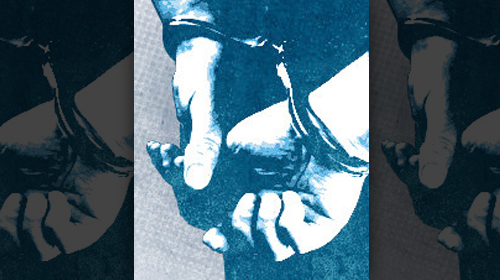
As America’s prison population has grown to unprecedented levels and imposed record-high costs on taxpayers, it is time to evaluate what we hope to achieve through incarceration: is it revenge, or safety? The two values appear to be in conflict as objectives of our criminal justice system. After decades of tough-on-crime policies, we have experienced little return on our investment— as rates of incarceration have continued to rise, rates of recidivism have increased since the early 1980s, remaining relatively unchanged from the mid-1990s through the present.
All too often, it seems as though the U.S. criminal justice system has prioritized a desire for revenge. In other countries, a different story is unfolding. Norway, for instance, has been constructing what are often referred to as “cushy” prisons, in which many of the country’s most serious criminals are sent to lush islands and provided with comfortable living arrangements, high levels of trust and familiarity with guards and staff, and extensive rehabilitation programs that occasionally include trips off-site for work or education. To be clear, punishment has not disappeared from the picture. Indeed, most inmates at these prisons express their eagerness to return to their communities, as even compassionate incarceration entails a severe deprivation of freedom. What is most notable, however, is the difference in focus. Norway has managed to avoid the allure of vengeance and brutality, focusing instead on a reasoned approach to rehabilitating criminals.
Perhaps not coincidentally, Norway has one of the lowest rates of recidivism in the world. In the United States, at least 43 percent of inmates in state prisons re-offend within three years. Norway, which measures recidivism after two years, has a rate of 20 percent. For prisoners released from Bastoy, the country’s most exemplary model of a compassionate, rehabilitative prison, that number is a mere 16 percent.
When prisoners are given responsibility, treated with respect, and taught self-sufficiency and self-worth, they are less likely to return to crime. Alternatively, when we brutalize prisoners through tactics such as locking them in solitary confinement, isolating them from society, and depriving them of autonomy, our focus is on punishment rather than rehabilitation. This is the strategy America has taken, and it cruelly removes our prisoners from society, alienates them from civic responsibility, and can solidify their criminal identity and associations. In Norway, prisoners are taught how to value and succeed in society. More importantly, they are shown that society still values them.
Norway’s strategy works. Ours does not.
When America’s most serious offenders are released from prison, do we want our new neighbors to be brutalized and angry, or peaceful and productive? Our current approach practically ensures more criminal activity, while Norway’s rehabilitative vision provides a path toward peace and prosperity.
Learn more about overincarceration: Sign up for breaking news alerts, follow us on Twitter, and like us on Facebook.


